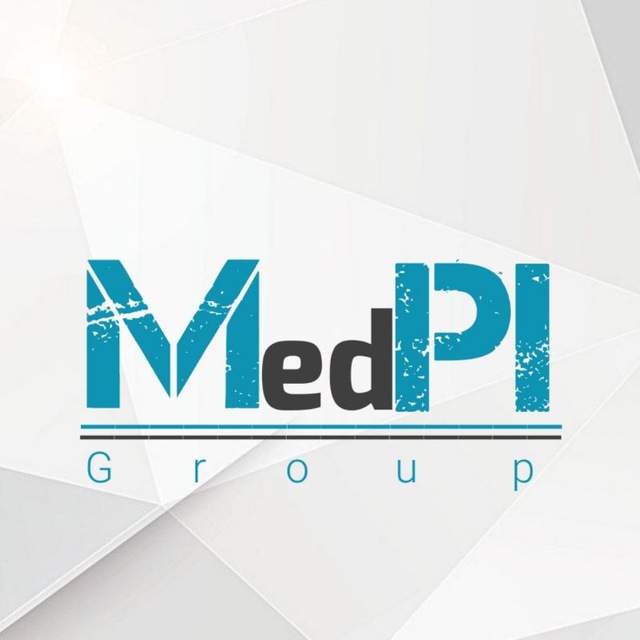Sources of the medical imaging master’s exam:
General physics (coefficient 1.5):
Halliday’s physics book, volumes 1 to 4 (original source)
The recommended book, considering the relatively low coefficient of physics, is the book of Modaresan Sharif, and if you have extra time and master the book of Modaresan Sharif, it is the book of Dibagaran.
General mathematics (factor 1.5):
The book of differential and integral calculus and analytical geometry of Thomas (main source)
The recommended book is the 2-volume book of Modaresan Sharif or the 2-volume book of Rahian Arshad Math, considering the math coefficient in the entrance exam. Mastering one of these two books will bring you a high percentage in math.
Nuclear and atomic physics (factor 2):
Introduction to Nuclear Physics Volume 1 and New Physics Book, both books written by Kenneth S. Crane (original source)
The recommended book for this course is the complete mastery of the book of Rahian Arshad and core questions related to the recent years of imaging and medical physics. By doing this, open a special account on the high percentage in this course
Radiation physics (factor 3):
This course has the highest coefficient in your entrance exam and special attention should be paid to it. The book of Kritsin Sen translated by Dr. Gourabi – The book of Physics of Radiology and Radiation by Dr. Najmabadi (especially the early chapters of the book) – Bushang translated by Dr. Shahbazi
(mri physics: Ray Hashemi’s book of mri physical principles, translated by Dr. Agabian, CT physics: Euclid Siram’s book)
Anatomy (factor 2):
Dr. Ali Valiani’s general anatomy with Netter or Gray atlas photos
Study for anatomy over time and device by device.
Physiology (factor 2):
Be sure to read the Physiology book by Dr. Ahmad Rostami and his colleagues + Gayton’s summary for more mastery.
Read the book in chapters – heavier topics after easier topics.
Important point:
Never give up on physiology and anatomy, because this lesson is considered a trump card among your competitors, most of them neglect this lesson.
The important thing is that anatomy questions can be answered more easily than physiology in the entrance exam, so don’t forget this ranking lesson.
Technique (factor 1):
Three volumes of Turchian’s book for radiology technique + for MR and CT technique, the same sources as the Ministry’s own sources are enough (Position and parameters book translated by Mr. Abdulmohammadi and Kayani for MR and Dr. Ahadi’s book or Mr. Jafar Izadi’s book for CT technique course) .
For radiology and diagnostic physics: which includes radiology physics, MRI, CT, and
You should read the books of Najmabadi (preferably chapters 1-4 and 10) + Christian Senn (except for obsolete chapters, such as the sub-radiography and tomography chapters, “of course, read these chapters in the days close to the exam”) + Boushang (preferably) Translated by Dr. Shahbazi)+ Principles of MRI Ray Hashemi translated by Dr. Agabian (preferably up to chapter 18, but it would be much better if read in general “For example, this year there were questions from chapters 26 and 27 of this book”) + Euclid Siram’s book (translation Farsi of this book is available.)
Language (2 factor and at least 25%!!):
Language is the most important subject in the entrance examination of the Ministry of Health, because every day the number of people who take time for this subject increases, and especially in recent years, this subject can easily lift you up.
For this lesson, 2 sources will be placed in front of you:
1. Slimy
2. No immigrant
It is recommended to prepare the three-volume Mohajer Nia book even if you have a high knowledge of the language.
Because this book has an extremely high order, and besides, with its vocabulary booklet, which contains all the important medical terms, you can pass the language exam easily.
Note: Mohajer Nia vocabulary book is 100% recommended
#Motivation #Kokur
@Medpi
Copying without citing the source is prohibited
The said content is the result of personal experience
This post is written by Aliiiii_hosseini
